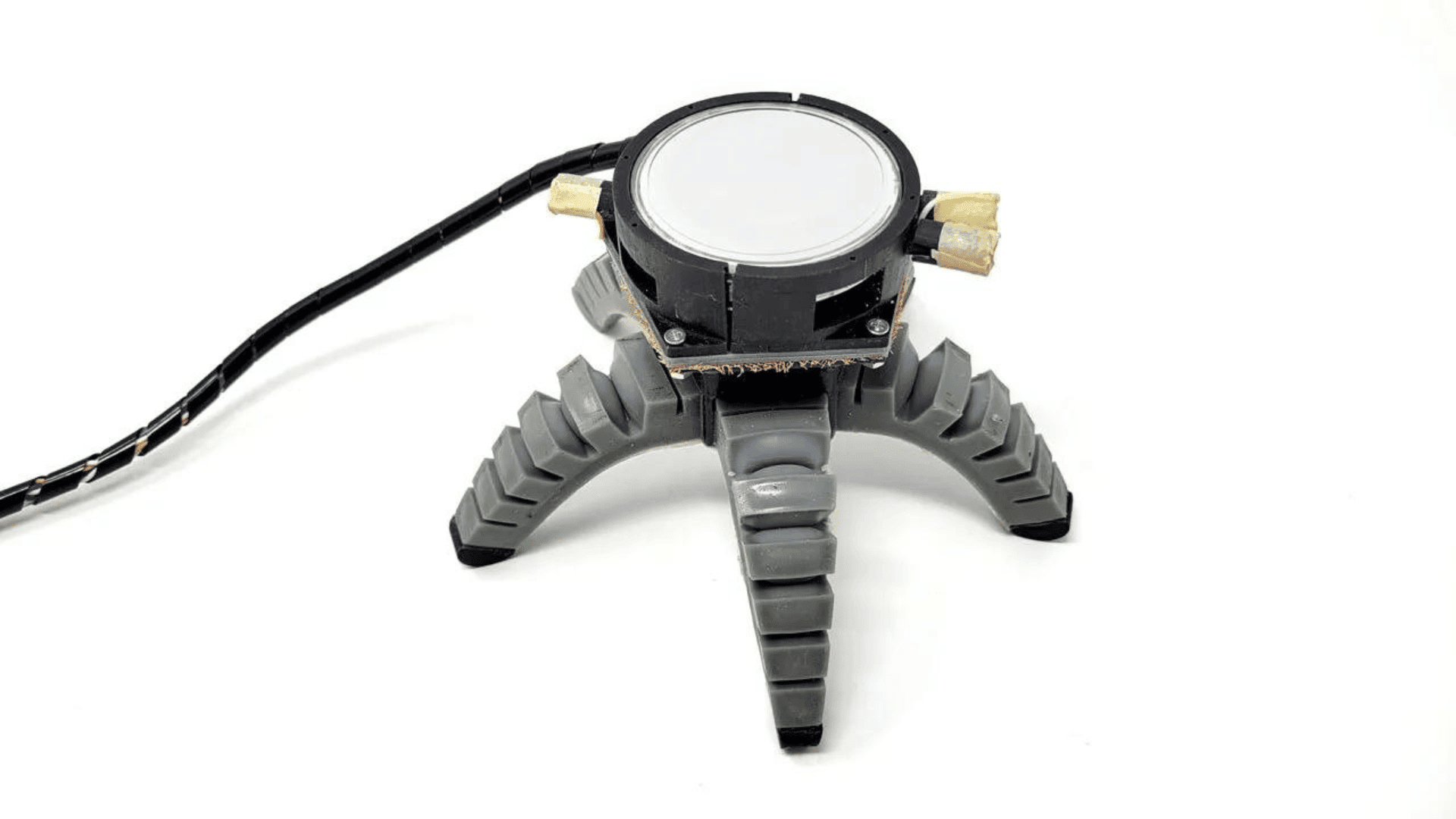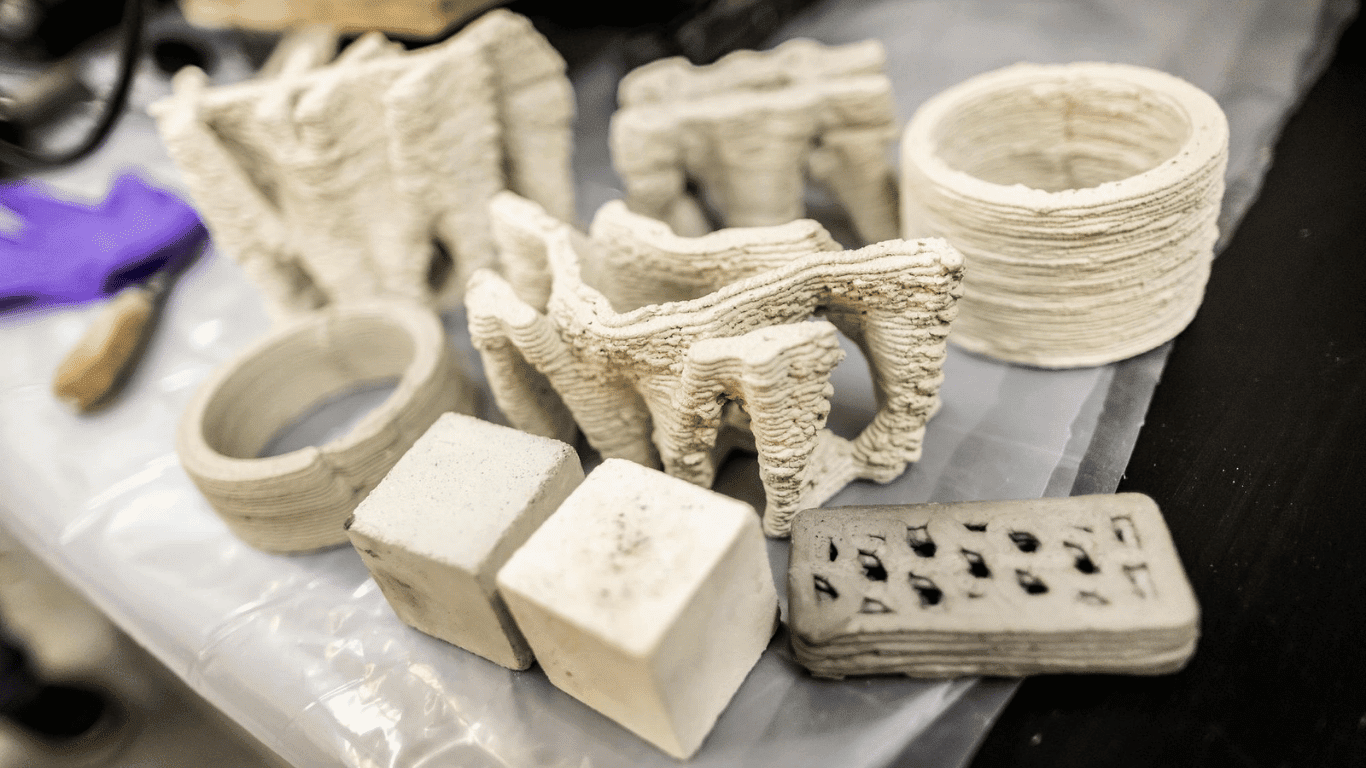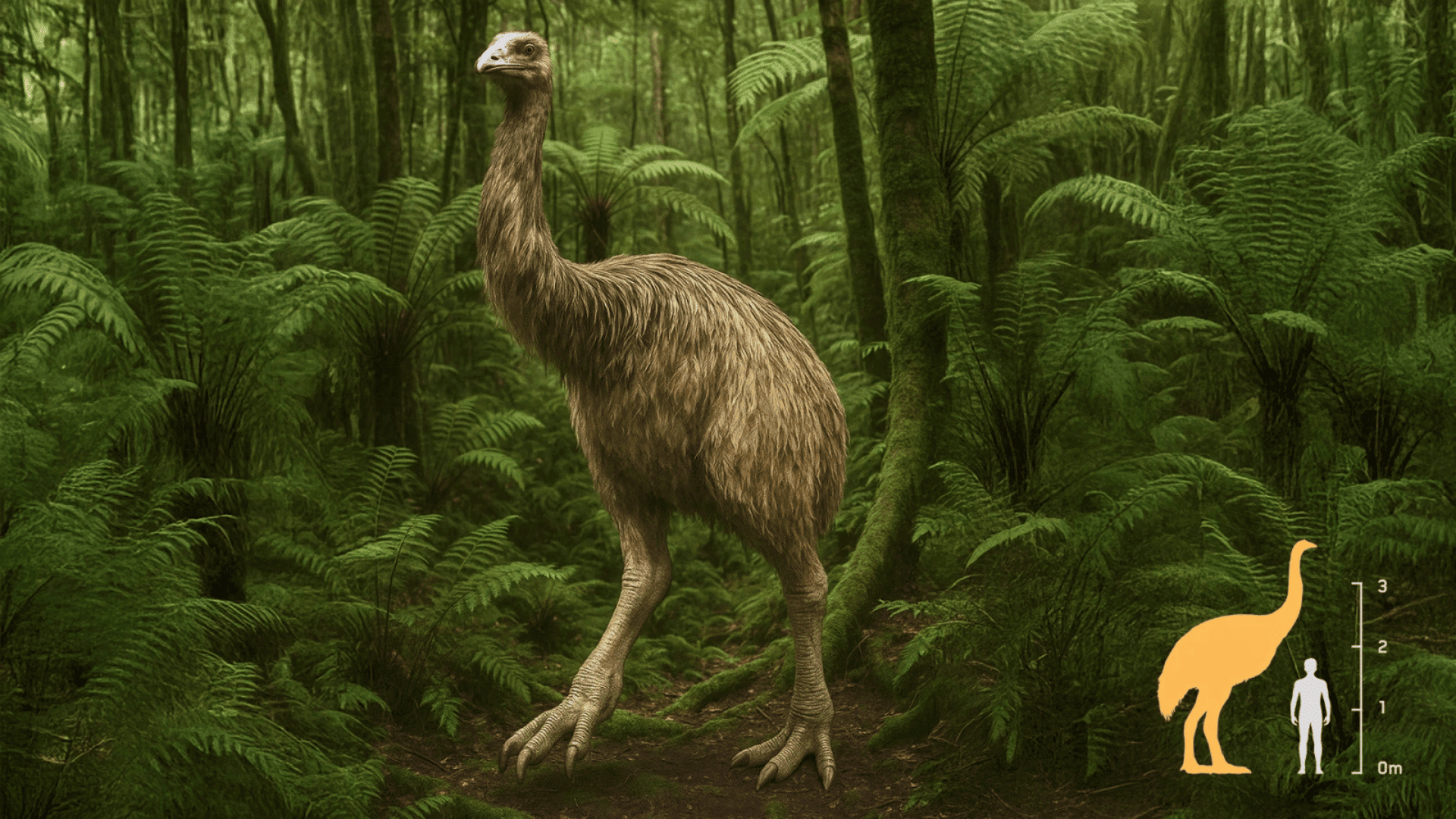Researchers have learned to control a robot’s movements using electrical signals produced by the mycelium of the common King oyster mushroom. The result is a part machine, part fungus robot that could one day be a building block for more advanced “biohybrid” chimeras.

Researchers from Cornell University and the University of Florence in Italy conducted the new study, which was published in the journal Science Robotics. The team created a system capable of analyzing and processing naturally occurring electrical signals sent throughout a mycelium.
Mycelium is the spiraling network of underground strains that connect fungi. Fungi respond to changes in their environment by sending electrophysiological signals through the mycelium, which produce patterns of activity that resemble neurons.
These data points were then translated into a “digital control signal,” which, when beamed to a pair of robots, caused them to move. The team released a video showcasing one of the robots contracting back and forth in response to researchers flashing the fungi with UV light, which some fungi are averse to.
When researchers shined the UV light on the fungus, it triggered an electrical impulse that sent a signal to the motors and actuators in two custom-built robots. In addition to the starfish-shaped robot, the team also constructed a wheeled robot that moved even faster when exposed to light.
“This paper is the first of many that will use the fungal kingdom to provide environmental sensing and command signals to robots to improve their levels of autonomy,” Cornell University professor of mechanical and aerospace engineering Rob Shepherd said in a statement. “By growing mycelium into the electronics of a robot, we were able to allow the biohybrid machine to sense and respond to the environment.”
The researchers chose to study fungi because they can survive extremely cold temperatures and radiation levels, which could enable future efforts to deploy biohybrid robots in harsh environments such as space. According to the paper, the King oyster variant was specifically chosen because it’s easy to grow and maintain.
These findings could also help produce future farming robots capable of automatically responding to unexpected environmental changes. For example, fungus biohybrid robots could be used to monitor soil chemistry automatically because they naturally respond to contaminants or diseases by sending an electrical signal.
“The potential for future robots could be to sense soil chemistry in row crops and decide when to add more fertilizer, for example, perhaps mitigating downstream effects of agriculture like harmful algal blooms,” Shepherd added.







